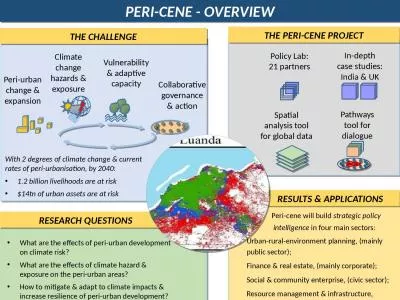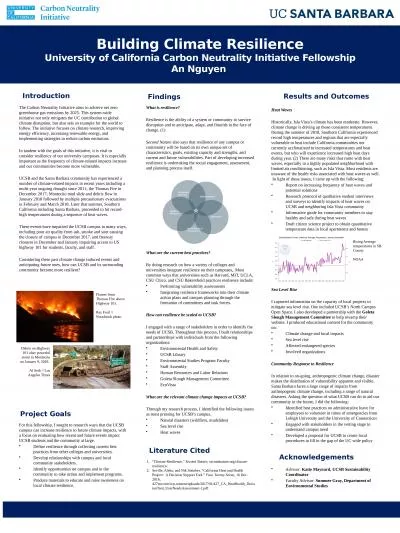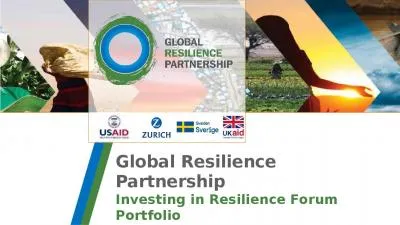PPT-The case of the Pilot Programme for Climate Resilience (PPC
Author : kittie-lecroy | Published Date : 2016-12-03
Neha Rai 01122013 Political economy of climate resilient development CRD planning Content Why do we need a political economy assessment PEA Conceptual approach and
Presentation Embed Code
Download Presentation
Download Presentation The PPT/PDF document "The case of the Pilot Programme for Clim..." is the property of its rightful owner. Permission is granted to download and print the materials on this website for personal, non-commercial use only, and to display it on your personal computer provided you do not modify the materials and that you retain all copyright notices contained in the materials. By downloading content from our website, you accept the terms of this agreement.
The case of the Pilot Programme for Climate Resilience (PPC: Transcript
Download Rules Of Document
"The case of the Pilot Programme for Climate Resilience (PPC"The content belongs to its owner. You may download and print it for personal use, without modification, and keep all copyright notices. By downloading, you agree to these terms.
Related Documents

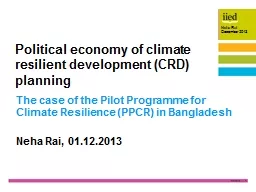
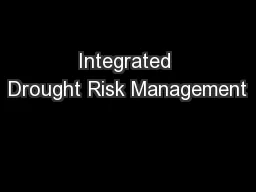


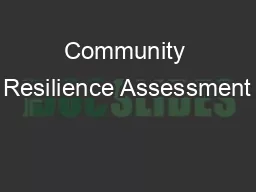

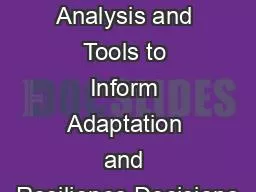
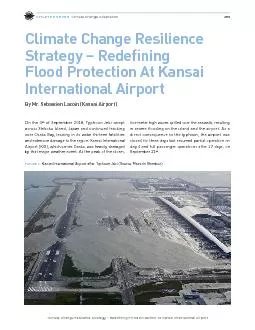
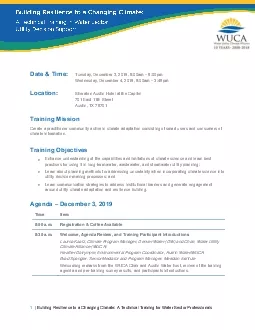
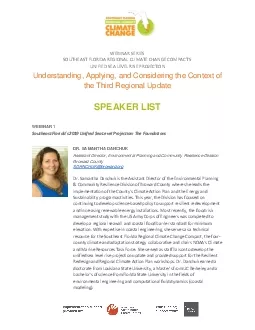
![[EBOOK] - FAA-CT-8080-2H Airman Knowledge Testing Supplement for Sport Pilot, Recreational](https://thumbs.docslides.com/903261/ebook-faa-ct-8080-2h-airman-knowledge-testing-supplement-for-sport-pilot-recreational-pilot-remote-pilot-and-private-pilot-g.jpg)
